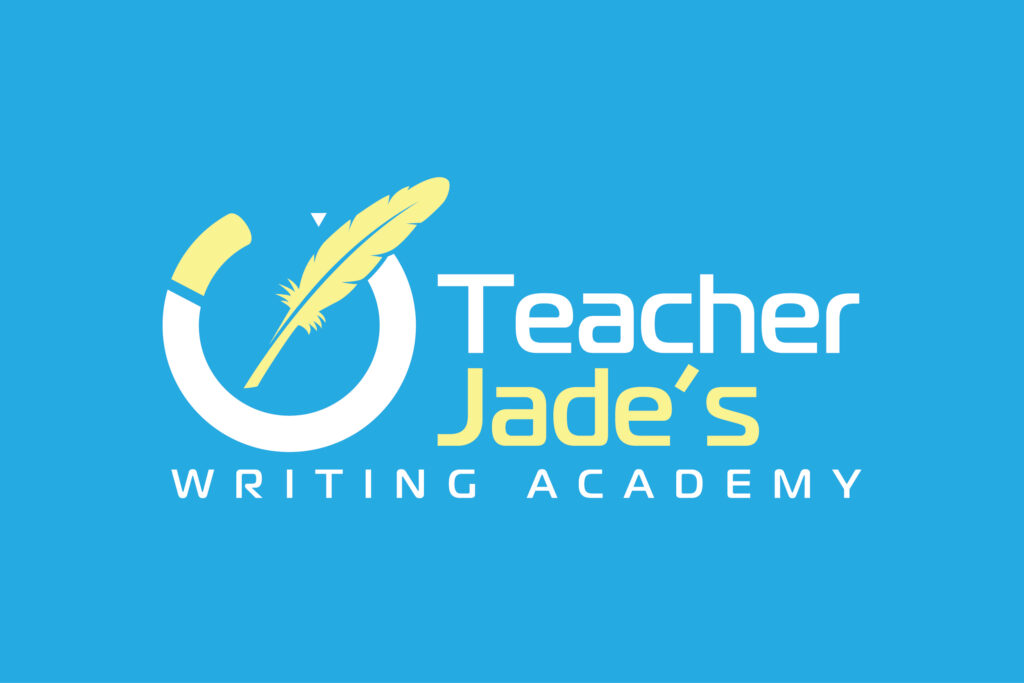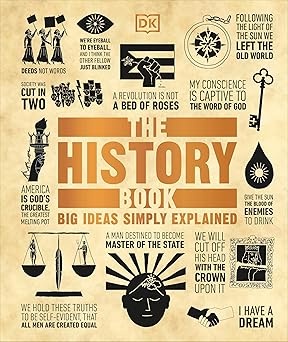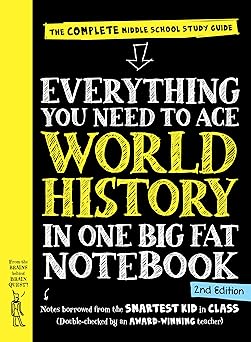Homeschooling
Blood, Betrayal, and Forgotten Stories: Rethinking How We Teach History
Columbus Day vs. Indigenous Peoples’ Day: Teaching History Without Bias
Every October, families across the United States encounter a familiar question:
Should we celebrate Columbus Day or Indigenous Peoples’ Day?
As homeschooling parents, we have a unique opportunity, and responsibility, to go beyond the traditional textbook narrative. Teaching unbiased history means helping our children think critically, ask meaningful questions, and explore multiple perspectives rather than memorizing one version of events.
Why This Conversation Matters
For generations, history lessons often centered around Christopher Columbus as the “discoverer” of America. But that narrative leaves out the people who were already living here, the Indigenous communities who had rich cultures, governments, and histories long before Columbus set sail.
Understanding both perspectives doesn’t mean erasing history; it means expanding it. When we teach our children to see history through multiple lenses, we raise learners who think for themselves instead of simply repeating what they’re told.
How to Teach Unbiased History at Home
Teaching history without bias doesn’t require rewriting everything, it means teaching how to analyze sources and evaluate evidence. Here are a few ways to do that:
-
Start with Primary Sources
Encourage your children to read Columbus’s own journals alongside Indigenous accounts and historical commentary. Discuss how language and perspective influence the story being told. -
Ask Critical Questions Together
Instead of giving answers, ask open-ended questions like:-
What might Columbus’s motivations have been?
-
How might Indigenous people have felt when European explorers arrived?
-
Why do different groups tell the story in different ways?
This kind of questioning builds the foundation of historical thinking and empathy.
-
-
Include Indigenous Voices
Use materials created by Indigenous historians, authors, and educators. This not only broadens your child’s knowledge but also models respect for diverse voices and lived experiences. -
Make it Project-Based
Encourage your learner to create something, a presentation, podcast, or short video, that compares the two holidays. This turns history from a passive subject into an active investigation.
My Top Textbook Picks
Some of the links in this post are Amazon affiliate links. This means I may earn a small commission at no extra cost to you if you make a purchase through them. I only recommend products I truly believe in and use for homeschooling success.
A Real Example: My Daughter’s Christopher Columbus Video
When my daughter studied this topic, she created a video presentation about Christopher Columbus and Indigenous Peoples’ Day. Watching her explore different sources, question traditional narratives, and form her own conclusions reminded me that homeschooling gives us the freedom to teach truth, not tradition.
Questions Parents Can Ask to Spark Reflection
-
How do holidays shape the way we see history?
-
What does it mean to “discover” a place where people already live?
-
How can we honor Indigenous cultures today?
-
Why is it important to learn from uncomfortable parts of history?
These kinds of questions help children develop empathy, perspective, and independent thought, which are skills that go far beyond any history lesson.
The Power of Teaching History Honestly
When we teach unbiased history, we don’t just correct the record, we raise critical thinkers and compassionate citizens. Columbus Day and Indigenous Peoples’ Day can coexist as opportunities to understand history in all its complexity.
As homeschool parents, that’s one of our greatest gifts: we can teach truthfully, deeply, and with purpose.
If you’re looking for ways to help your child think critically and express their ideas through writing, explore our courses at Teacher Jade’s Writing Academy.
From essay writing to research-based projects, our self-paced and instructor-led classes encourage students to become informed, thoughtful learners.



